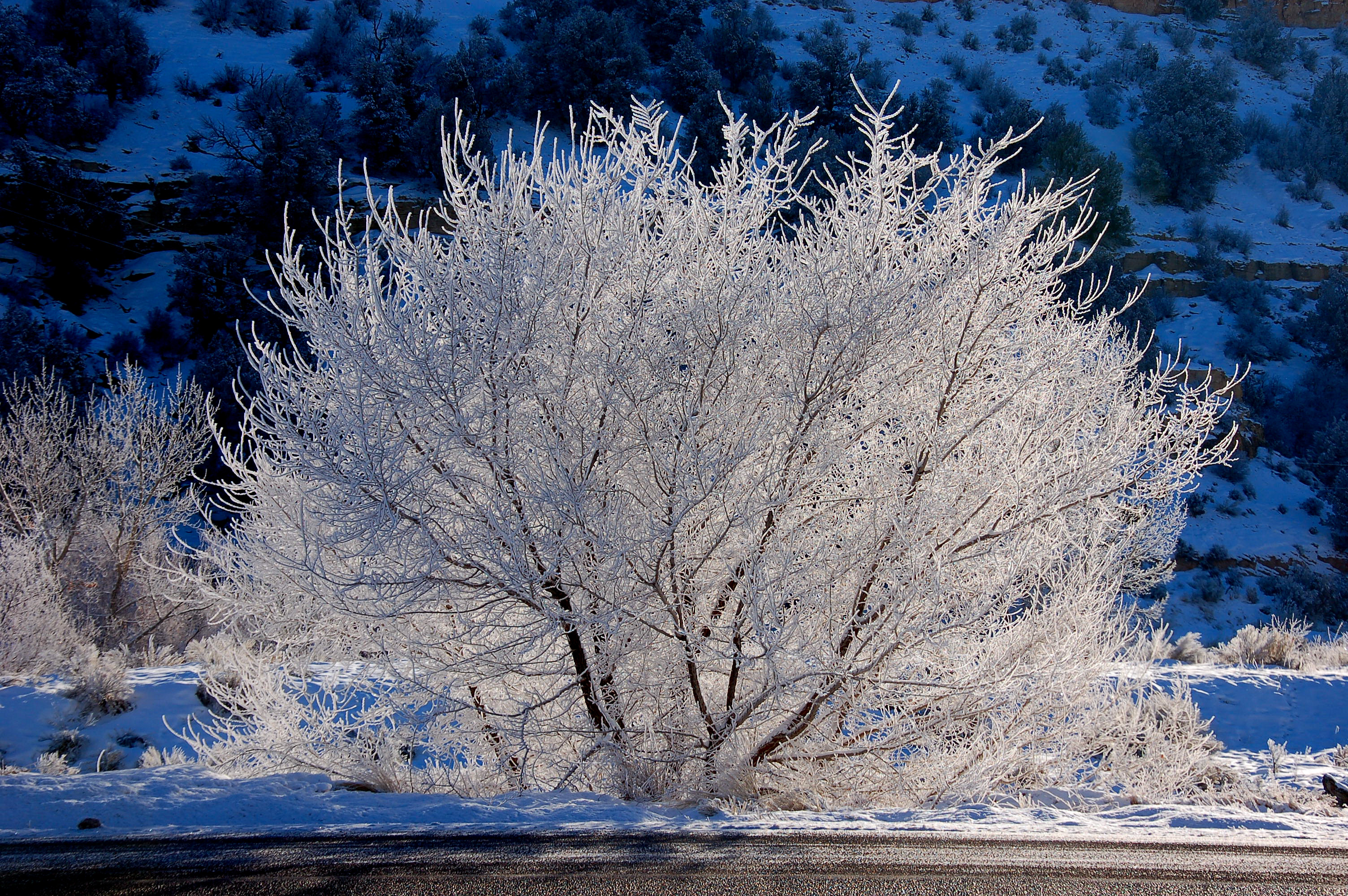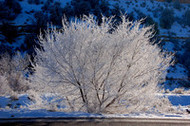Winter Wondering? Why Winterize Your Bonsai
Posted by Bonsai Outlet on 18th Mar 2014

Because most bonsai trees are outdoor plants, proper winterization is critical to a long and healthy life. While it's true that there are non-traditional warm climate bonsai species, also known as tropicals and sub-tropicals, that can remain indoors year round, deciduous and conifers must go through a dormant period. The more traditional outdoor bonsai have a natural growing cycle that includes an essential period of winter dormancy. That means bonsai need to be outside during the cold months. In other words, it's time to bury your bonsai in the backyard.
A tree by any other name
Remember that, despite its size and appearance, your bonsai is still a tree. And like all hardy trees, bonsai have adapted over millions of years to survive the cold winter months - so much so that it's not just survival. The cold climate is part of its essential biology.
Entering winter dormancy is in the bonsai's genetics, triggered by fall and winter. Nothing will prevent that dormancy stage from taking place. Your bonsai emerges from dormancy in the spring triggered by warmer temperatures and longer periods of light. However, a bonsai kept indoors may miss this critical spring trigger and die.
That's why proper winterizing and allowing your bonsai to embrace its dormant period is so important. They need to "rest" in order to know when to grow again, and you can help.
Take it outside
There are many methods for winterization, including storing your bonsai in a shed and covering it with mulch or removing your bonsai from its pot and plant it right in your backyard. The part of the bonsai that is most sensitive to the cold is its roots; most bonsai will begin experiencing root damage at approximately 23 degrees Fahrenheit. And the best place to protect those roots with insulation is underground.
Bury the plant so that the bottom branches are barely exposed; that should help ensure that the roots are protected from frost. Also, locate your bonsai in a shaded area so that sunlight does not cause the plant to lose water that its roots cannot replenish.
In the spring you can remove your bonsai from the yard and place it back in a container as soon as you see the first buds appear. If you allow your plant to winter indoors they will bud early. When they bud early the days will still be too short for proper growth and the leaves will have long gaps between them.
Tell us your winterization method
While backyard burying is a preferred method, there are many effective alternatives for winterizing your bonsai. Storing it in a cold shed or sheltered porch or covering it with mulch are other popular options. What works best for you? Tell us how you choose to winterize your bonsai - drop us a line below.
Cold snaps
Here are some additional tips to help you keep your bonsai healthy and safe during the winter months:
-
- Protect your tree before freezing temperatures arrive. Winterizing too late in the season means it may already be too cold outside for your bonsai to survive.
- In severe winter climates, plant your bonsai under a bench or close to the house in order to protect it from heavy snow and ice storms.
- If it is a dry winter, you'll need to periodically water your bonsai - but only on days when the temperature exceeds 50 degrees Fahrenheit. Watering at freezing temperatures will do more harm than good.
- Never fertilize during the winter. You don't want to promote growth during your bonsai dormant period.
- Don't take your tree out of protection too soon in the spring. Make sure that all danger of frost and freezing is past.
- Repotting and pruning of your outdoor bonsai should be done in the spring time when buds have set but not opened. That is the best time to work with your tree to prevent stress and damage.
Do not put your tree in full sun immediately if it has been in storage all winter. Give it time to adjust by putting it in a semi-shaded area.

